
Making a Living as an Artist
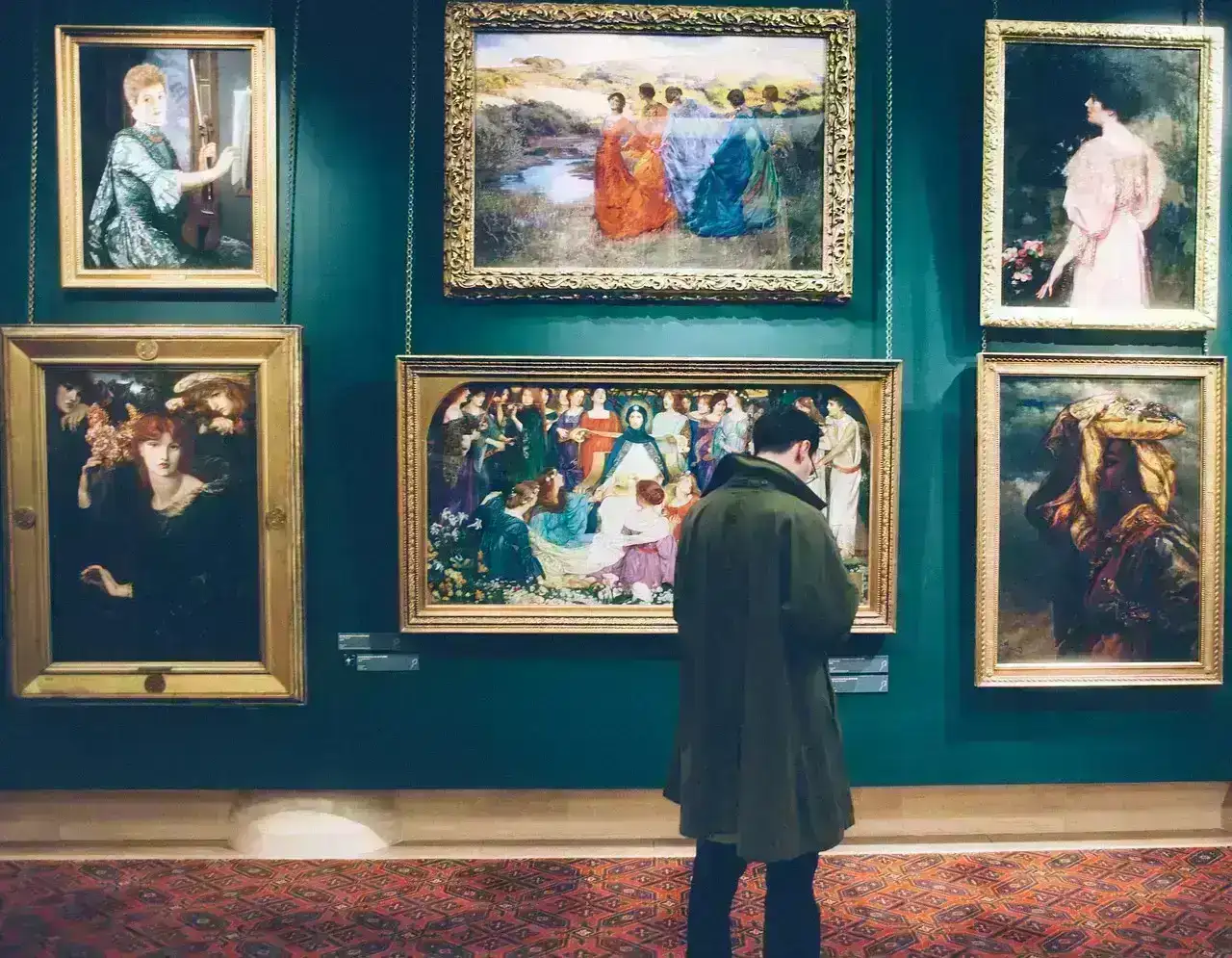
Before Talking about Making a Living as an Artist, Let's First Look into the Art Business
The art business is a vast and multifaceted industry that goes far beyond the mere creation of artworks. While many aspiring artists focus solely on their craft, understanding the business side of art is essential for sustaining a career and thriving financially. The art business encompasses the buying, selling, marketing, and promotion of art, involving an array of participants such as artists, galleries, collectors, auction houses, art fairs, online marketplaces, and art consultants. Each of these entities plays a vital role in shaping the global art market, and grasping their interconnections can help emerging artists navigate the commercial landscape successfully.
Artists rely on the art business not only to sell their work but also to establish a reputation, build relationships with collectors, and create a sustainable income stream. Galleries and art dealers, for instance, are instrumental in connecting artists with potential buyers. They curate exhibitions, market the artworks, handle negotiations, and provide networking opportunities that are often critical to an artist's visibility and career growth. In addition, collectors play an equally important role, not just by purchasing artworks but by validating the artist's reputation and contributing to long-term market demand.
Auction houses, including prestigious entities like Sotheby's and Christie's, serve as pivotal platforms for selling art through competitive bidding. They offer artists the chance to gain visibility and position their work alongside established names, while collectors benefit from transparent pricing and access to rare pieces. Art fairs, such as Art Basel or Frieze, provide a concentrated environment where galleries, artists, and collectors converge, enabling networking, discovering emerging talent, and driving sales. These events often act as catalysts for an artist's career trajectory, offering both exposure and market validation.
In recent years, online platforms have radically transformed the art business. Digital galleries, online marketplaces, and social media allow artists to showcase and sell their work globally. This accessibility has democratized the art world, giving emerging and mid-career artists unprecedented opportunities to reach audiences without relying exclusively on traditional galleries or fairs. Artists can now directly engage with collectors, manage their portfolios online, and track sales analytics, enhancing both visibility and financial control.
Art consultants and advisors further contribute to the business side of art by offering specialized services to collectors and investors. From advising on acquisitions to managing collections and valuing artworks, these professionals help clients make informed decisions, while simultaneously raising awareness of artists' works. Understanding how to work with art consultants can be a strategic advantage for artists seeking to enter high-end markets or expand their collector base.
The art business is influenced by numerous factors, including economic conditions, cultural trends, the rise of new art movements, and the reputation of individual artists. Market dynamics are constantly evolving, and artists who adapt to these changes--whether by embracing digital technology, engaging with online communities, or exploring innovative ways to sell their art--stand the best chance of long-term success. Ultimately, the art business is a symbiosis of creativity and commerce, and artists who learn to navigate both aspects will be better positioned to sustain their careers and realise their creative vision.
For emerging artists, understanding the mechanics of the art market is just as important as mastering their craft. From recognising the value of networking and establishing a strong online presence to exploring multiple sales channels and staying attuned to market trends, knowledge of the art business equips artists with the tools they need to thrive. Whether selling paintings, sculptures, or digital art, combining artistic skill with business acumen transforms passion into profit and opens doors to opportunities that can define a lifelong career in art.
Making a Living as an Artist: My Journey and Advice
Building a sustainable career as an artist is rarely linear, and every journey is unique. My own path provides one perspective, combining part-time artistry with online entrepreneurship, yet it reflects broader truths about perseverance, adaptability, and the importance of combining creativity with business strategy. I am currently 46 years old, and for many years, I pursued art part-time while working online to meet financial obligations. My story illustrates how small, deliberate steps can eventually lead to sustainable income and professional growth.
My fascination with art began in my late teens, particularly during my time at Y.M.C.A College. I was captivated by the works of artists such as Katarikawe and . Observing their techniques, themes, and methods of creating art for sale inspired me to envision a path where my creativity could intersect with commerce. At that stage, I had already experimented with online business through my first website, focused on digital marketing and entrepreneurship. Yet, I realised that art offered a more personal and fulfilling avenue for expression.
Starting small was key. Initially, I invested in learning contemporary art techniques and acquiring quality painting supplies. I spent nearly a year refining my skills before launching my online store. The first year brought only modest sales, yet the experience was invaluable. It was during the 2020 pandemic that my art unexpectedly went viral through my online channels, highlighting the importance of consistency, adaptability, and leveraging digital platforms to reach audiences. This experience taught me that success in art often emerges from a combination of skill, timing, and persistence.
Setting realistic goals is fundamental. My initial goal was simple: to enjoy the process of creating African contemporary art. Long-term goals, such as building a full-time art business, evolved organically. I recommend artists set both long-term and short-term objectives, which can help maintain motivation and track progress. Short-term goals may include completing a series of works, participating in an exhibition, or reaching a specific online audience. Balancing ambition with realistic expectations ensures that early disappointments do not undermine your commitment.
Another critical lesson is starting within your means. Initially, I produced limited quantities of each piece, often ranging from five to twenty items. This approach minimized overhead costs and allowed me to experiment with pricing, marketing, and shipping logistics without overwhelming risk. Starting small provides a safe space for experimentation, helping artists refine both their craft and their business strategy.
Developing multiple revenue streams is also vital. Beyond selling original artworks, consider prints, merchandise, commissioned works, or teaching workshops. Offering diversified products not only increases income but also strengthens your brand. For instance, selling prints or licensing your designs allows your work to reach new audiences while generating passive income, a strategy that has supported my own journey and can benefit other artists seeking financial stability.
Marketing and online presence cannot be overstated. Social media platforms like Instagram, Facebook, and Pinterest are essential tools for promoting art and connecting with audiences. Maintaining a professional website with an e-commerce store enhances credibility and allows direct engagement with collectors. Regular updates, storytelling around your creative process, and engaging content help build a loyal following, which often translates into consistent sales and collaborations.
Networking is equally important. Attending art events, exhibitions, and workshops provides opportunities to meet fellow artists, collectors, and gallery owners. Collaboration can lead to joint exhibitions, shared marketing initiatives, and mentorship opportunities. Building relationships within the art community not only supports career growth but also fosters creative inspiration and collaboration.
Finally, persistence and adaptability are essential. Every artist encounters setbacks, whether from slow sales, rejected exhibitions, or negative critiques. Viewing these experiences as learning opportunities rather than failures allows for continual improvement. The art world is dynamic, and adapting to trends, technological shifts, and audience preferences ensures long-term relevance and success.
In summary, making a living as an artist combines dedication to your craft with strategic thinking, marketing, and adaptability. By setting realistic goals, starting small, diversifying income streams, building an online presence, networking, and persisting through challenges, artists can transform their passion into a sustainable and fulfilling career.
Practical Strategies to Establish Yourself as a Professional Artist
Building a sustainable career in art requires more than talent--it demands a combination of professionalism, business savvy, and a strategic approach to growth. The following practical strategies provide actionable insights for artists seeking to establish themselves in competitive markets.
Hone Your Craft
Continuous skill development is the foundation of success. Regular practice, experimentation with mediums, and exploration of new techniques help refine your unique artistic style. Professional artists dedicate time each day or week to develop their craft, ensuring consistent progress. Constructive feedback from peers, mentors, or critics is invaluable for identifying strengths, addressing weaknesses, and cultivating a distinctive voice.
Honing your craft is also about pushing boundaries. Experimentation and risk-taking often result in breakthroughs and new directions in your art. Embrace failure as a natural part of the creative process. Each setback provides insight and drives innovation, helping you evolve and adapt to changes in the art market.
Define Your Artistic Identity
Understanding your artistic identity involves identifying your themes, techniques, and creative vision. This clarity enables you to produce a cohesive body of work that resonates with your audience. Reflect on your experiences, values, and inspirations to inform your art. Consistency in style, subject matter, and narrative strengthens your portfolio, making it easier for galleries, collectors, and clients to recognise your work.
Authenticity is key. Audiences and collectors are increasingly drawn to art that reflects personal storytelling and genuine expression. By defining your artistic identity, you create a recognisable brand that distinguishes your work in a crowded market. This clarity also informs your marketing strategies, exhibition choices, and online presence, allowing you to communicate effectively with your audience.
Build a Professional Portfolio
A well-curated portfolio showcases your best and most representative artworks. High-quality photographs, detailed descriptions, and cohesive presentation elevate your professional image. Digital portfolios or artist websites provide global accessibility, allowing collectors, galleries, and collaborators to engage with your work remotely. Invest time in organizing your portfolio logically, highlighting thematic series, and demonstrating technical proficiency.
Your portfolio is not static; regularly updating it with new work keeps it relevant and reflects growth. It serves as a primary tool for marketing, exhibition applications, and online sales. A polished, professional portfolio signals seriousness and commitment, increasing your credibility within the art community.
Network and Collaborate
Networking is an essential strategy for career advancement. Attending exhibitions, workshops, art fairs, and industry events fosters relationships with artists, collectors, gallery owners, and influencers. These connections often lead to opportunities for exhibitions, commissions, mentorship, or collaborative projects. Collaborations can amplify reach, pool resources, and introduce your work to new audiences.
Active participation in online communities also strengthens networks. Engaging with fellow artists, joining art forums, and participating in virtual exhibitions expand your presence and reputation. Collaboration nurtures creativity, provides critical feedback, and often generates income opportunities through joint ventures, commissioned projects, or co-hosted events.
Establish an Online Presence
In today's digital era, artists must embrace online platforms to expand visibility. Social media profiles, professional websites, and e-commerce stores enable artists to reach global audiences. Engaging content, regular updates, and storytelling around your artistic journey help cultivate a loyal following. Email newsletters, blogs, and digital exhibitions provide additional channels for connection, marketing, and sales.
E-commerce integration allows direct sales, eliminating reliance on intermediaries. Artists can diversify income streams by offering prints, digital downloads, or merchandise. Online analytics provide insights into audience engagement, guiding marketing strategies and pricing decisions. A strong online presence builds credibility, fosters trust, and increases opportunities for collaborations and commissions.
Explore Sales Channels and Pricing
Diversifying sales channels maximizes exposure and revenue. Consider traditional galleries, online marketplaces, art fairs, local shows, and licensing opportunities. Offering workshops, commissioned works, or brand collaborations further expands income sources. Each channel requires tailored marketing strategies, from in-person engagement to digital promotion.
Pricing art requires careful consideration of size, complexity, materials, reputation, and market demand. Research comparable works to set competitive yet fair prices. Remain flexible but ensure your time, effort, and talent are valued. Transparent pricing fosters trust with buyers and positions you as a professional within the market. Experimentation may be necessary initially to identify optimal pricing strategies.
Marketing and Promotion
Effective marketing combines creativity with strategy. Social media, blogs, newsletters, press releases, and collaborations with influencers amplify reach. Sharing your creative process, behind-the-scenes content, and personal stories builds emotional connections with your audience. Collaborations with local businesses, exhibitions, or online campaigns increase visibility and attract new buyers.
Marketing is an ongoing process, requiring consistency and adaptability. Track engagement, test different content strategies, and refine messaging based on audience feedback. By leveraging multiple marketing channels, you create a multifaceted approach that ensures sustained growth and visibility.
Professionalism and Business Skills
Treating your art practice as a business is crucial. Maintain organised records of sales, expenses, inventory, and contracts. Understanding legal considerations, such as copyright, licensing, and agreements, protects your intellectual property. Effective communication with clients, galleries, and collaborators enhances professional reputation. Strategic planning, budgeting, and inventory management ensure sustainability and scalability.
Persistence and Adaptability
Persistence is essential in the art world. Setbacks, rejection, and market fluctuations are inevitable. Embracing resilience, learning from challenges, and continuously evolving your practice are critical for long-term success. Adaptability allows artists to seize opportunities, embrace emerging trends, and refine strategies based on audience and market feedback.
Ultimately, building a successful art career combines creativity, strategic thinking, and perseverance. By honing your craft, defining your artistic identity, networking, leveraging online platforms, diversifying income streams, marketing effectively, and cultivating business skills, artists can turn their passion into a sustainable, fulfilling, and financially viable career. Every journey is unique, but these principles provide a roadmap for navigating the dynamic and rewarding world of professional art.
Recommended for You
You Might Enjoy

Leads Leap PPC Earnings
Leads Leap PPC Earning The Potential of Lead Generation and Leads Leap PPC Earnings Introduction:…
How to Earn Money with LeadsLeap
How to Earn Money with LeadsLeap Signup-For-Leads-Leap-Account Are you in search of new…
The Ultimate Guide to Cervical Pillows: Pain Relief, Sleep Styles & Buying Tips (2025 Edition)
How to Choose the Best Cervical Pillow (2025): Sleep Better & Ease Neck Pain Discover the best…More Reads You’ll Love
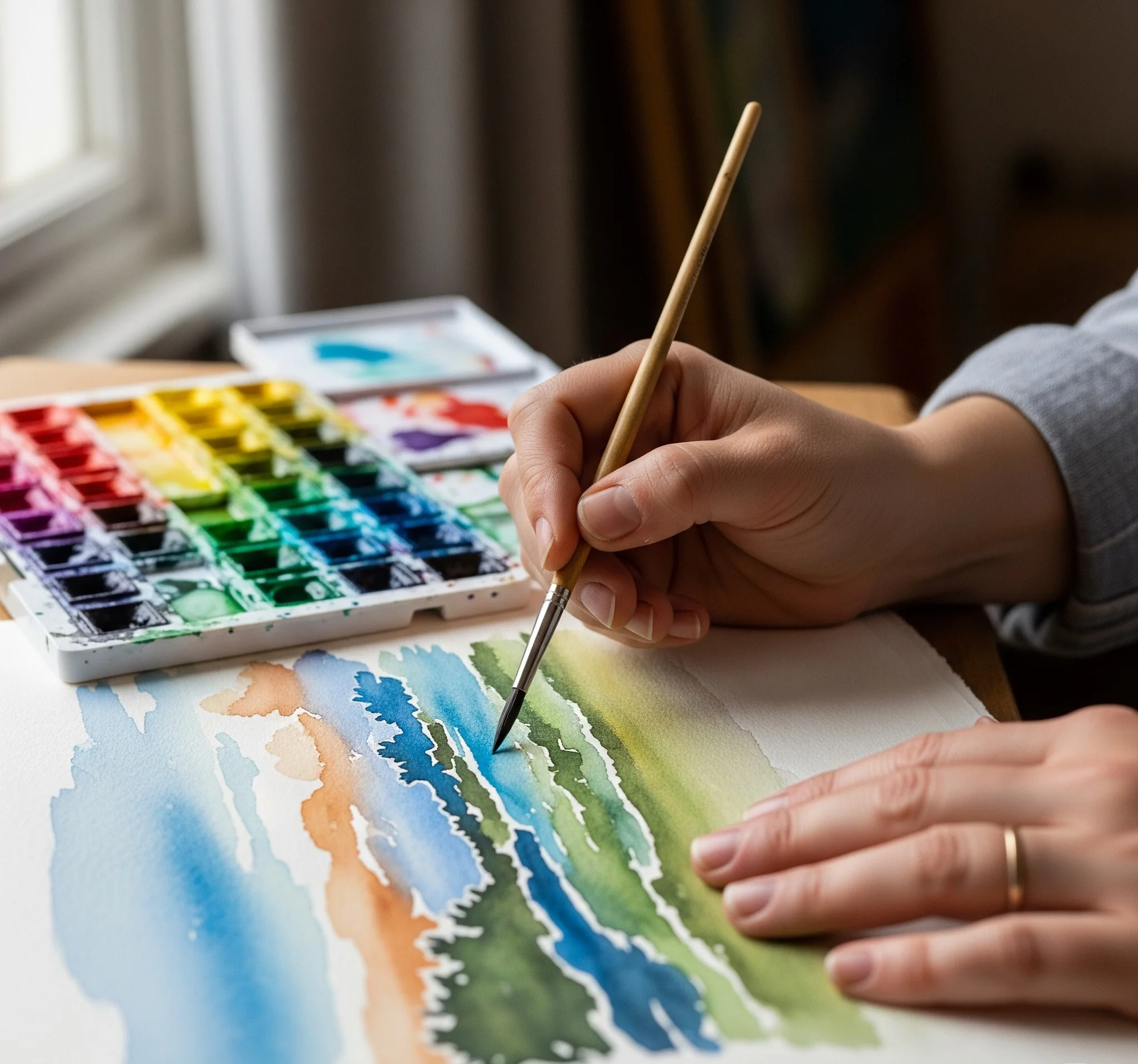
Painting Using Watercolour
How to Use Watercolour for Better Results watercolour painting is a timeless and versatile art form…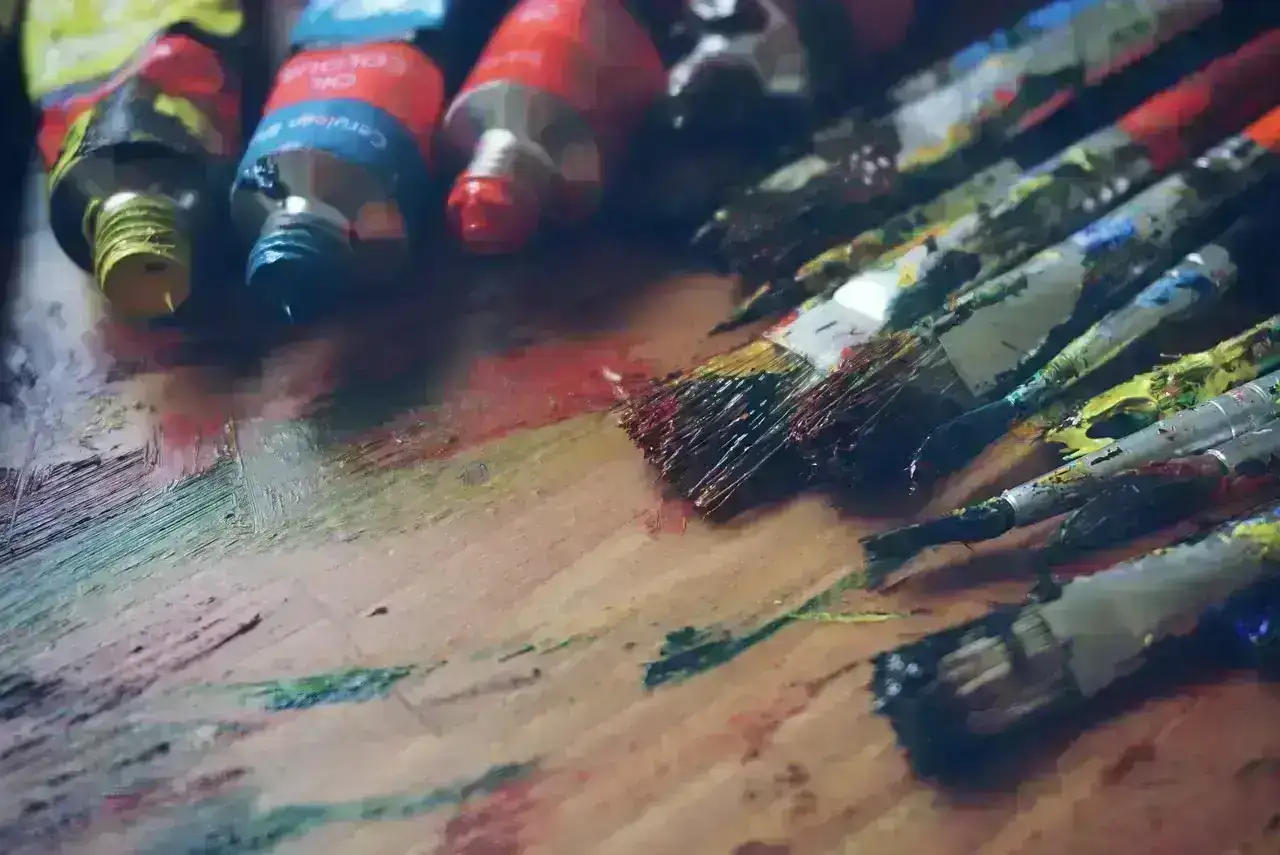
Becoming an artist
Becoming an Artist and Establishing a Successful Career as a Professional Painter Becoming an…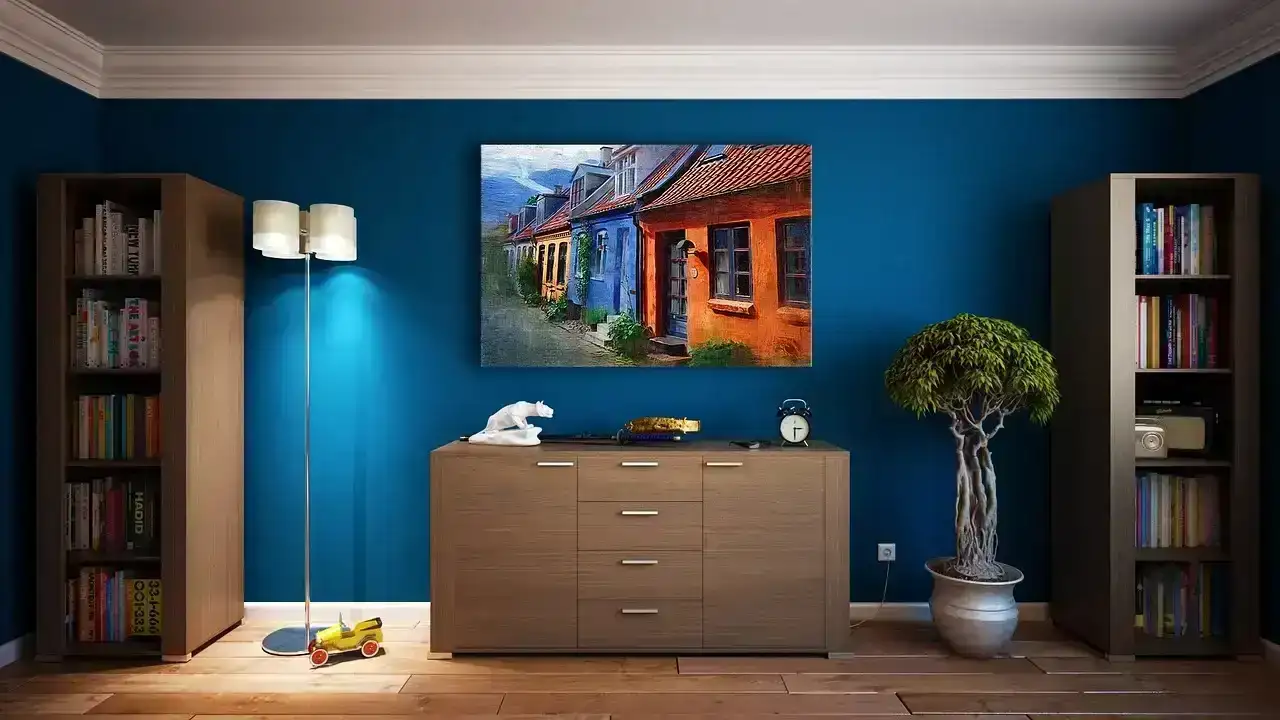
7 Trending Colours for House Interiors
7 Trending Colours for House Interiors: A Comprehensive Guide for Your Next Painting Project If…Other Topics That Might Interest You

Easy SEO Link Building
Martins Free and Easy SEO link building : Boost Your Website's SEO with Genuine Backlinks In this…
Residential and commercial painting companies in Atlanta
Residential and Commercial Painting Companies in Kenya: A Comprehensive Guide Painting is more than…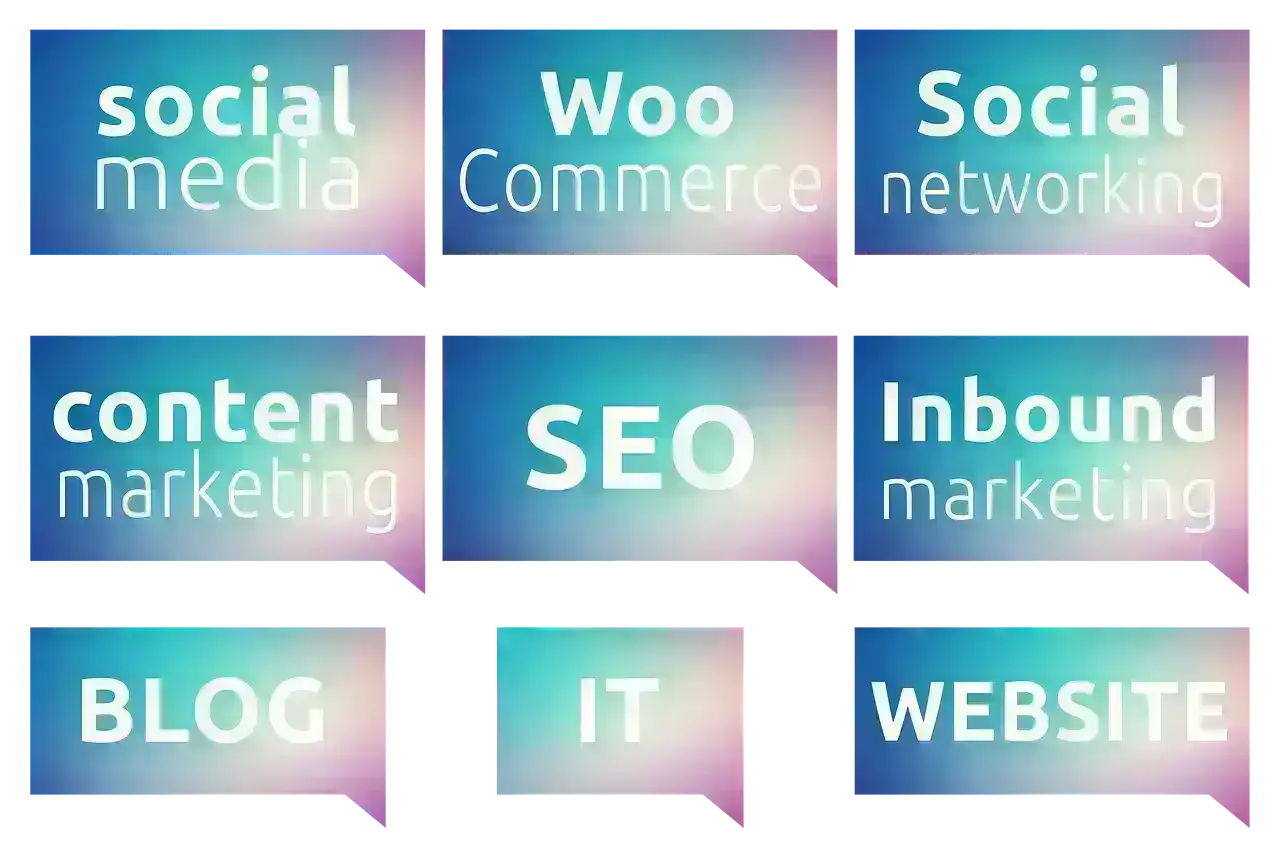
Table of Contents and Their Impact on Your Blog
The Ultimate Guide to SEO-Friendly Content: Tables, Table of Contents, and Their Impact on Your…Traffic Coop Earnings
Ready to Monetise Your Traffic?
Stop letting your visitors slip away without value. With the LeadsLeap Co-op, you can turn every click into income. Join through my link below and I’ll personally share my tips for getting started fast.
🚀 Join My LeadsLeap Co-op Now*Referral disclosure: I may earn a commission when you sign up through this link. There’s no extra cost to you — your support helps keep this site alive.





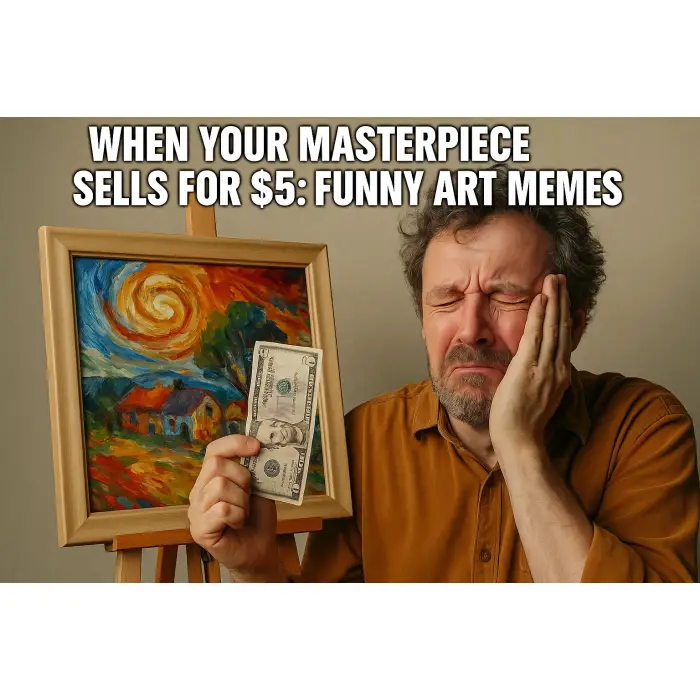

Comments